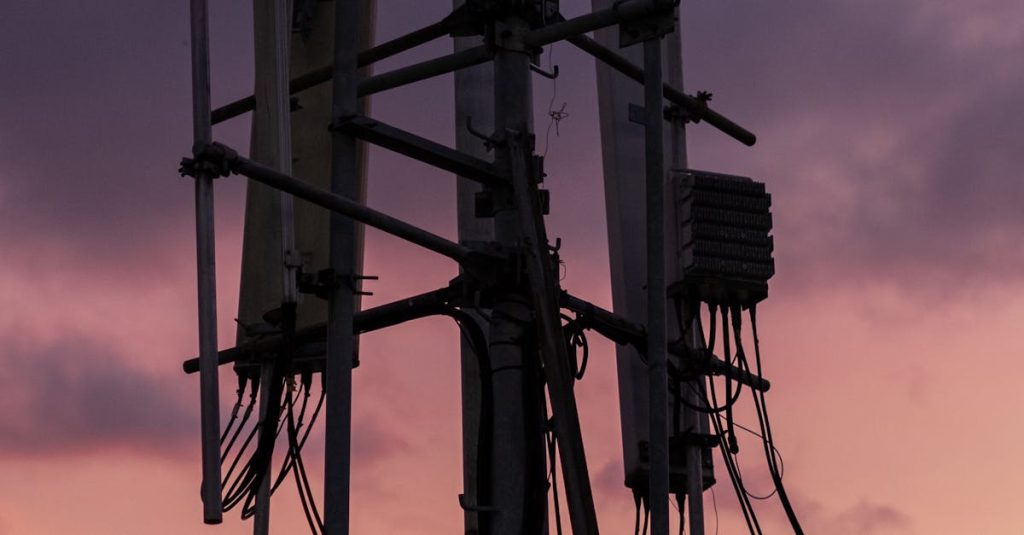NASM-SR
-
Successful Flight Trials: DRDO and Indian Navy successfully conducted flight trials of the first-of-its-kind Naval Anti-Ship Missile Short Range (NASM-SR) on February 25, 2025, at ITR Chandipur.
-
Man-in-Loop Feature: The missile possesses a Man-in-Loop feature, enabling in-flight retargeting with high accuracy. The trial validated this capability.
-
Bearing-only Lock-on after Launch: Launched in Bearing-only Lock-on after launch mode, the missile demonstrated target selection among multiple targets in close proximity.
-
Indigenous Technology: Employs an Indigenous Imaging Infra-Red Seeker for terminal guidance, a Fiber Optic Gyroscope-based INS, and a Radio Altimeter for mid-course guidance.
-
Direct Hit at Maximum Range: The missile achieved a direct hit on a small ship target in sea-skimming mode at its maximum range.
-
High-Bandwidth Datalink: Features a high-bandwidth two-way datalink system for real-time transmission of seeker images back to the pilot for in-flight retargeting.
-
Solid Propulsion: Utilizes solid propulsion with an in-line ejectable booster and a long-burn sustainer.
-
DRDO Development: Developed by various DRDO labs (RCI, DRDL, HEMRL, TBRL).
-
Production Partners: Being produced by Development cum Production Partners with the support of MSMEs, start-ups, and other production partners.
-
Significance: Raksha Mantri & Chairman DRDO congratulated teams, highlighting the unique in-flight retargeting capability.
BRO: Connecting Frontiers
-
Avalanche Rescue: Recently, the Border Roads Organisation (BRO) rescued at least 14 workers from an avalanche in Mana, Uttarakhand.
-
Role and Function: The BRO is a road construction force that supports the Indian Armed Forces. It builds and maintains road networks in border areas of India and neighboring countries.
-
Under Ministry of Defence: The BRO operates under the Ministry of Defence.
-
Establishment and Purpose: Formed on May 7, 1960, to secure India’s borders and develop infrastructure in remote northern and northeastern regions.
-
Diverse Projects: While primarily focused on roads, BRO has expanded into steel bridges, airfields, tunneling, and hydroelectric projects.
-
Geographic Reach: Its infrastructure operations span 19 states and 3 union territories, including Andaman and Nicobar Islands, and neighboring countries like Afghanistan, Bhutan, Myanmar, Tajikistan, and Sri Lanka.
-
Border Roads Development Board (BRDB): Coordination is ensured by the BRDB, chaired by the Prime Minister and with the Defence Minister as Deputy Chairman.
-
Personnel: The BRO is staffed by officers from the General Reserve Engineer Force (GREF) and the Indian Army’s Corps of Engineers.
-
Operational Role: The BRO is included in the Order of Battle of the Armed Forces, providing support during national emergencies and hostilities. It maintains roads in forward zones for the Army and rehabilitates airfields for the Indian Air Force.
-
Notable Achievement: The Atal Tunnel, the world’s longest highway tunnel at 9.02 kilometers, is a significant achievement of the BRO.
-
Motto: “Shramena Sarvam Sadhyam” (everything is achievable through hard work).
Olive Ridleys
-
Population Trend: A 16-year assessment (2008-2024) indicates a “steady or growing” Olive Ridley turtle population in India.
-
Climate Change Threat: Rising sand temperatures are causing a higher proportion of female hatchlings, raising concerns about the long-term viability of the population.
-
Mass Nesting (Arribada): Rushikulya in Odisha experienced a large arribada with 400,000 to 500,000 turtles nesting. Gahirmatha and Rushikulya are among the largest rookeries worldwide.
-
Stable Population: Despite arribadas not occurring every year, offshore monitoring suggests large numbers of turtles are present, indicating a stable population, but vigilance is necessary.
-
Other Turtle Species: The study also covers leatherback turtles (Andaman & Nicobar) and green turtles (Lakshadweep), revealing increased nesting for leatherbacks and overgrazing of seagrass meadows by green turtles.
-
Threats: Turtle populations face threats from coastal development, pollution, and climate change.
-
Community Involvement: Local communities are crucial for monitoring and protecting sea turtles. Collaboration between fishers, researchers, and policymakers is essential for sustainable conservation.
-
About Olive Ridley Turtles: Smallest and most abundant sea turtles, known for mass nesting (Arribada), found in warm waters of Pacific, Atlantic, and Indian oceans.
-
Conservation Status: IUCN Red List: Vulnerable, Wildlife Protection Act, 1972: Schedule 1, CITES: Appendix I.
SUIT: Solar Eye
-
SUIT Observed a Major Solar Flare: The Solar Ultraviolet Imaging Telescope (SUIT) on Aditya-L1 detected an X6.3-class solar flare on February 22, 2024. This is significant due to the flare’s intensity.
-
Unique Wavelength Detection: SUIT uniquely observed brightening in the near ultraviolet wavelength range (200-400 nm) during the flare. The Sun’s full disk has never been imaged in this entire wavelength range in such detail.
-
Data Analysis and Publication Delay: The findings are being reported approximately a year later because the data from the new instrument required thorough analysis and verification.
-
First-Time Observations: SUIT is providing unprecedented observations of the Sun, revealing new insights into the dynamics of solar flares and energy transfer within the solar atmosphere.
-
Link to Plasma Heating: The detection of localized brightening directly correlates with the increase in plasma temperature in the solar corona, providing a direct link between flare energy deposition and plasma heating.
-
SUIT’s Purpose: SUIT’s primary objective is to study the dynamic interplay within the magnetized solar atmosphere, focusing on energetic phenomena and the sun-climate relationship. It observes the Sun 24/7 from the L1 Lagrange point.
-
Potential Impact of Solar Flares: Solar flares can disrupt satellite communications, radio signals, power grids, and pose risks to astronauts.
-
SUIT’s Development: Developed by IUCAA in collaboration with ISRO, SUIT employs 11 calibrated filters to capture images at various heights in the solar atmosphere.
-
Aditya-L1’s Cost: The Aditya-L1 mission cost 3.78 billion Indian rupees ($45.5 million).
-
Multi-institutional Collaboration: The research involves experts from IUCAA, MAHE, ISRO, IISER-Kolkata, Max-Planck Institute, IIST, and the SoLEXS team.
